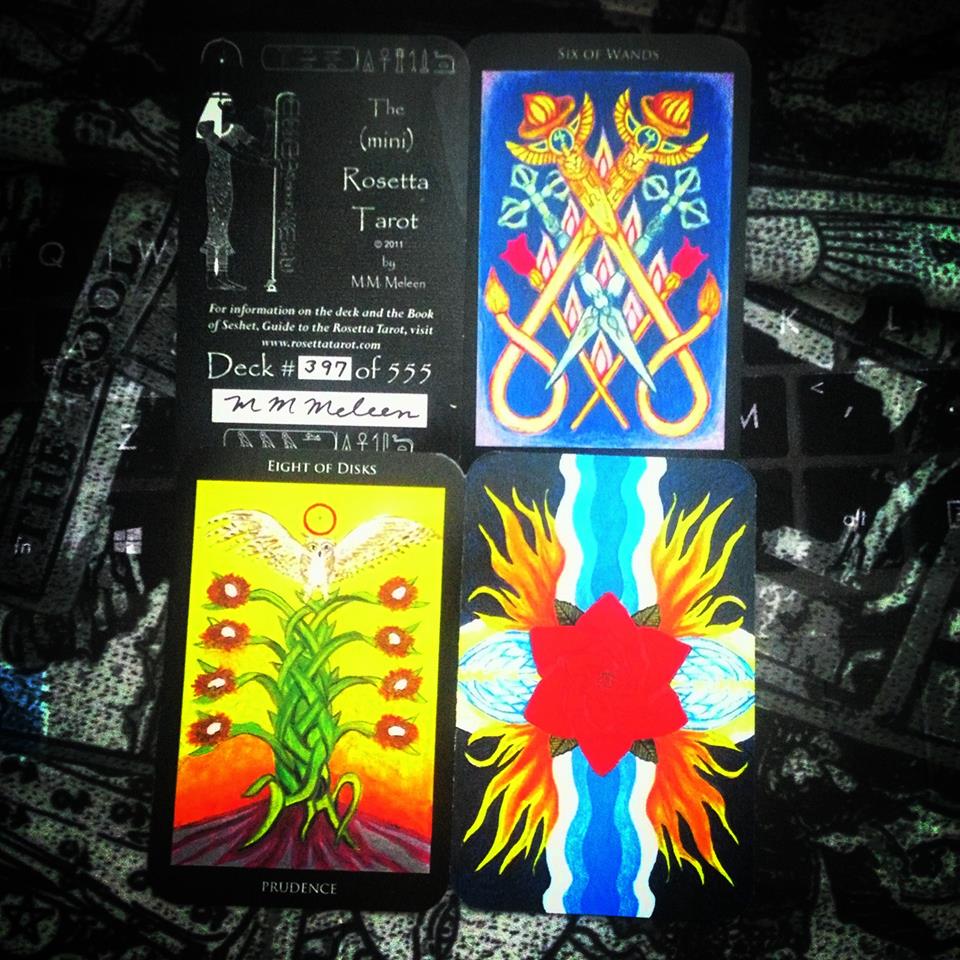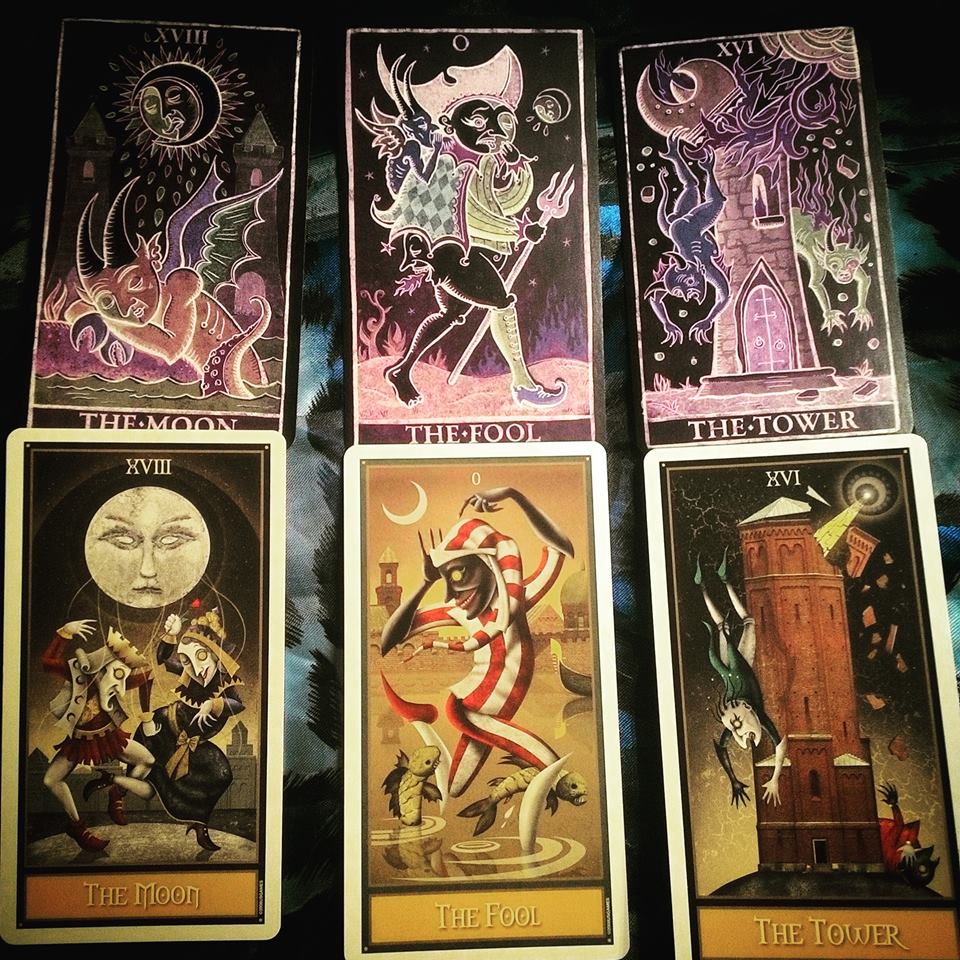We’ve all seen them. Sometimes they spam your Instagram messages. Sometimes you see advertisements for them out in the wild. Maybe you have a friend who wants to market themselves as a spiritual therapist. Maybe you want to market yourself as a spiritual therapist. But should you?
The short answer is absolutely not if you do not have the license to practice as a therapist or any other medical professional. For a refresher, a therapist is a licensed medical professional regulated by a board of authorities for the location they are practicing in. This is not something to take lightly. In most areas, schooling to become a licensed therapist requires a master’s degree or a doctorate. In order to practice, you are also required to undergo a certain hefty number of hours to complete your licensing requirements. Any average person who has not undergone this schooling and training cannot claim to be a therapist. Period. That carries a charge of medical malpractice and impersonation with fines in the tens of thousands of dollars and prison sentences, some as severe as ten years per offense. All it takes is for one person to report you and the investigative boards can and will subpoena all of your records and proceed accordingly. In addition, if you do not have the proper disclaimers on your websites and social media accounts, you then risk having fraud penalties tacked on.
People will often add this title to their social media accounts or websites because it gives them an inflated sense of authority that quite frankly, they are not entitled to. It is incredibly irresponsible and deceptive to advertise yourself this way if you do not have the proper licensing to do so. That being said, there are licensed therapists who incorporate tarot into their practice. The best thing to do to vet the people claiming to be therapists is to inquire regarding their license. A real professional therapist will be able to provide you with that information. Simply having an office is not enough to verify that someone is a licensed therapist. Simply having that title or “Dr.” in their social media accounts or websites is not enough to verify that someone is a licensed therapist or medical professional, especially when their primary adverts are for spiritual services.
But Kat, what am I supposed to call myself then? Well, I’m glad you asked. Aside from titles such as spiritualist, psychic, or medium, there are alternative titles available to you. “Spiritual advisor” is one. “Spiritual life coach” is another. Anything that does not impersonate a medical professional is available to you. You can even create your own. Just make sure it doesn’t include any copyrighted titles or characters in your title. It’s as easy as that.
But if they can do it, why can’t I? Because it’s only a matter of time before the regulatory boards become stricter and impose penalties on these people. You can try to get away with it for as long as you can. But is that really worth risking everything just so you can deceive your clients? There are already so many fraudsters and predators in the spiritual community. Do you really want to partake in the same advertising techniques that most people will recognize as a scam? Do you want to risk being reported?
Oh, but it’ll never happen to me! Never say never.
If you want to run a legitimate spiritual practice, then it’s important to comply with the laws and regulations of where you choose to do business. Whether that’s online or offline, being open and honest will get you a lot further in the game in the long run. You’ll never have to worry about your sites being shut down every other week because you’ve been reported for spam and being an imposter. You won’t have to worry about people outing you as a fraud. When you approach your business with honesty and integrity, the customer base will follow.
If you’ve read the risks and think you’re going to just go ahead and claim a title that’s illegal for you to use, that’s your life and your choice. Just prepare yourself for the consequences, both worldly and karmically.


 The original Deviant Moon deck is a mixture of traditions, however I find that it most closely resembles the RWS. Some imagery is slightly different however so it definitely cannot be considered a clone. The art style is more modernized in this deck in terms of textures and stylizing. While the Tarochi della Luna often depicts demon-like figures, the Deviant Moon sticks consistently with the moon-faced characters. Additionally, the “mask” effect of the faces of the Deviant Moon characters is very diminished. The contrast is lessened a bit, making the characters seem a little more human.
The original Deviant Moon deck is a mixture of traditions, however I find that it most closely resembles the RWS. Some imagery is slightly different however so it definitely cannot be considered a clone. The art style is more modernized in this deck in terms of textures and stylizing. While the Tarochi della Luna often depicts demon-like figures, the Deviant Moon sticks consistently with the moon-faced characters. Additionally, the “mask” effect of the faces of the Deviant Moon characters is very diminished. The contrast is lessened a bit, making the characters seem a little more human.